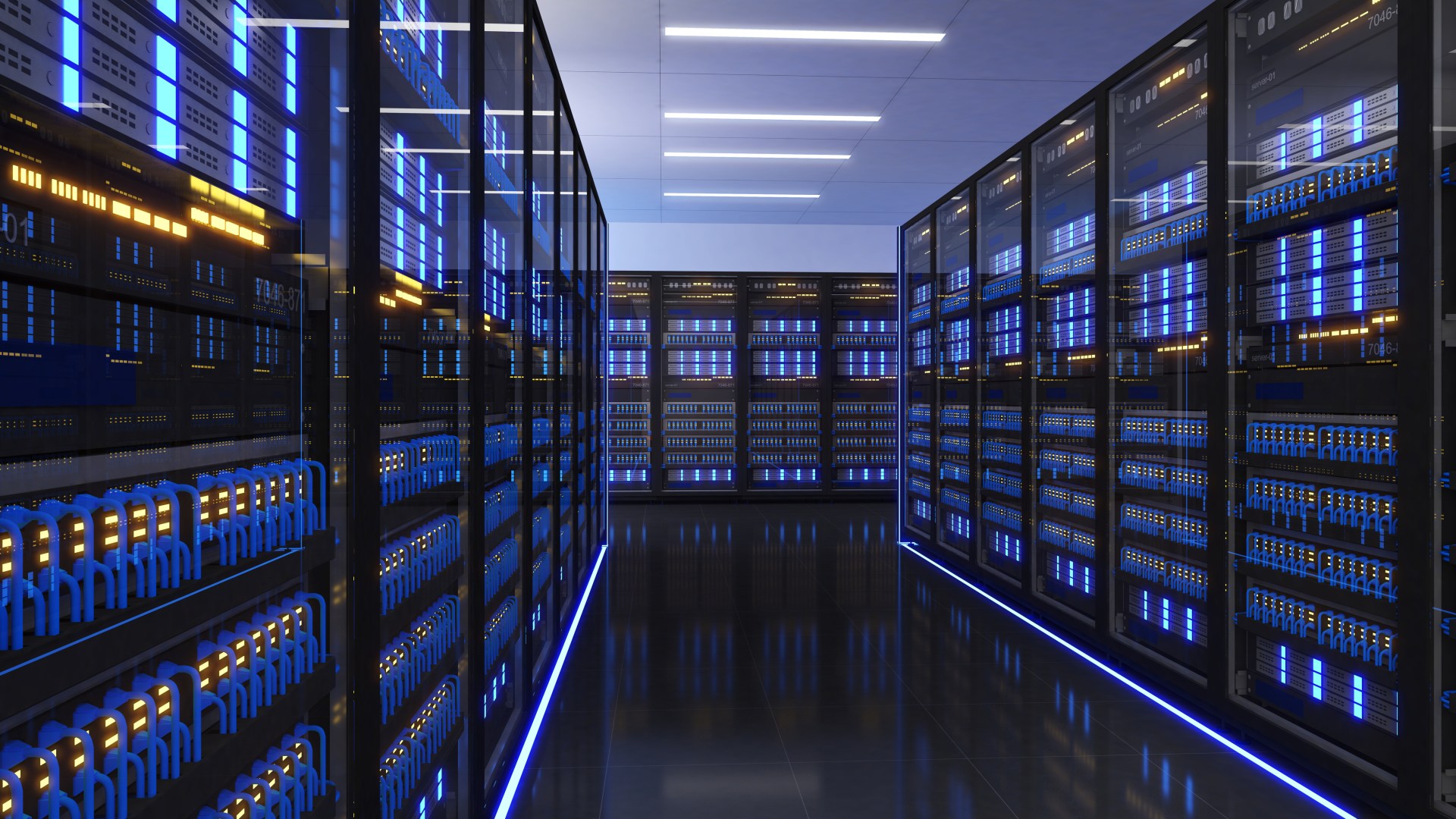IaaS (infrastructure as a service) is essentially a way to run virtual private data centers hosted in the cloud. It is therefore a way for businesses and organizations to benefit from the security and customizability of on-premises infrastructure at a much lower cost. Here is a straightforward guide to what you need to know about IaaS.
Understanding IaaS
IaaS is one of the three primary cloud service models, alongside Platform as a Service (PaaS) and Software as a Service (SaaS). PaaS delivers a platform for application development, and SaaS provides fully managed applications.
IaaS provides businesses with on-demand access to a wide range of infrastructure-level computing resources, such as virtual machines, storage, and networking.
Core components of IaaS
The three core components of IaaS are virtualization, containerization, and automation.
Virtualization enables the creation of virtual machines (VMs) that mimic physical hardware, complete with their own computing power, memory, and network interfaces. This enables users to run their applications on these VMs without the need for physical servers. Hypervisors, such as VMware and KVM, facilitate the abstraction of resources from physical hardware, paving the way for seamless VM deployment.
Containerization enables applications to run reliably across different environments. It therefore offers a lightweight and consistent method for packaging applications and their dependencies. This flexibility enhances portability and simplifies the deployment of software in an IaaS infrastructure.
Automated tools and scripts take care of provisioning, configuration, and scaling, reducing manual intervention. This not only enhances efficiency but also ensures rapid adaptability to fluctuating workloads, minimizing operational overhead.
Security and compliance in IaaS
With IaaS, the security responsibilities are shared between the service provider and the customer. The IaaS provider is responsible for safeguarding the underlying infrastructure, including physical data center security, network security, and host system security. This involves implementing robust security measures, such as surveillance, access controls, and firewall protection.
The customer is responsible for securing the applications, data, and virtual machines running on the IaaS infrastructure. This encompasses tasks like configuring security settings, managing user access, and ensuring data encryption. Additionally, many, if not most, customers will need to adhere to compliance requirements specific to their industry and/or region.
IaaS vs a physical data center
The three headline benefits of IaaS compared to a physical data center are reduced capital expenditure, reduced administration, and greater scalability.
Reduced capital expenditure
Probably the single biggest selling point of IaaS is that it reduces or even eliminates the need for capital expenditure.
The obvious benefit of this is that it benefits cash flow. A less obvious benefit of this is that it reduces the risk to the business. In short, the provider takes all the risk involved in providing, securing, and maintaining expensive physical infrastructure.
Reduced administration
If a business runs its own physical hardware, then it needs to organize for that physical hardware to be installed, secured, and maintained. It can delegate these tasks to a third-party vendor such as a managed-service provider. It will, however, still have to manage the service provider. If, however, a business uses IaaS, then the IaaS provider takes full responsibility for the physical hardware.
Greater scalability
This is the third major benefit of IaaS. Again, it’s linked to the fact that IaaS does not require businesses to invest in physical infrastructure. This means that, like most public cloud services, IaaS is ideal for managing dynamic workloads. It’s also an excellent choice for businesses that are growing quickly.
The three main drawbacks of IaaS compared to a physical data center are more complicated cost-management, reliance on the provider for security, and less scope for customization.
More complicated cost-management
Technically, using IaaS should work out more expensive than running an in-house data center. This is because a third-party provider has to make a profit on their services whereas in-house staff don’t.
Practically, this isn’t necessarily the case. This is because using IaaS allows businesses to redeploy resources they would have used on an on-premises data center. The benefit from this can more than justify the additional cost of paying the provider.
Using IaaS can, however, make it more difficult to predict and hence manage costs. This is particularly true if you work purely on a pay-as-you-go basis. The way to deal with this is to monitor usage closely. Where possible, it also tends to be beneficial to use contracted deals for core processing. Pay-as-you-go is better kept for less predictable usage.
Reliance on the provider for security
Reputable IaaS providers ensure that their security is as robust as it can possibly be. Even so, the fact that using IaaS creates such a strong dependency on a provider can make some businesses uncomfortable.
There are really only two potential solutions to this. One is to apply rigorous vendor-selection criteria so you are comfortable delegating security. The other is to accept that IaaS is not for you and run your own in-house data center.
Less scope for customization
IaaS offers much more scope for customization than either PaaS or SaaS. At the end of the day, however, customers will still be restricted to what the IaaS provider supports. This is likely to be more than enough for most customers. If, however, you have very niche requirements, IaaS may not satisfy them.
Related Resources:
What Is Edge Computing?
The Ultimate Guide to Hybrid Cloud
What Is IaaS? A Data Center In The Cloud Packed With Services
What Is PaaS Used For?
Implementing DDoS Attack Mitigation: Key Considerations for Robust Protection
What You Need to Know About Cloud for Healthcare: Transforming the Industry
DDoS Protection: Safeguarding Your Online Presence
What You Need to Know About Edge Processing: Empowering Real-Time Data Analysis
Understanding Infrastructure as a Service IaaS in Data Centers
IaaS Automation and Orchestration in Data Centers




